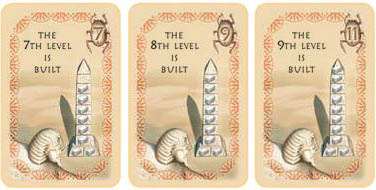
Components
- 36 path cards (18 normal, 5 with 1 gold, 2 with a ladder, 6 with a door, 3 with a troll, 2 start cards with a ladder)
- 18 action cards (2 collapse cards, 2 key cards, 2 map cards, and repair and sabotage cards for lamps, carts and, pickaxe)
- 2 role cards (1 blue , 1 green ) and 2 dwarf miniatures (you only need the cards or the miniatures)
- 18 gold cards (with 0, 1, 2 or 3, gold, and/or doors on them)
- 8 dwarf markers ( blue side/ green side)
- 2 key markers
Saboteur The Duel For 2 Players
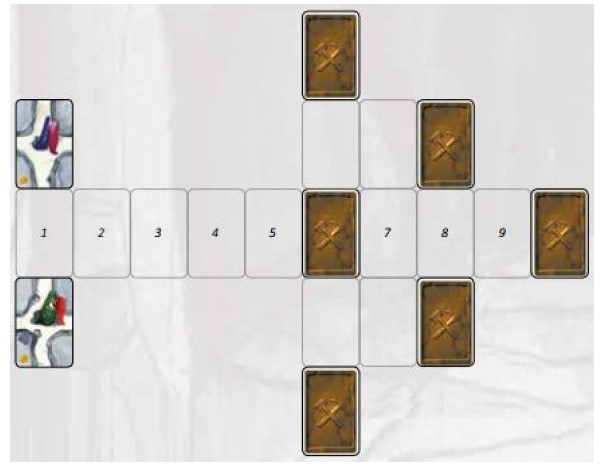
Setup
Remove the 2 start path cards from the deck ( blue or green ladder and a hat) and then shuffle the path cards and action cards together. …













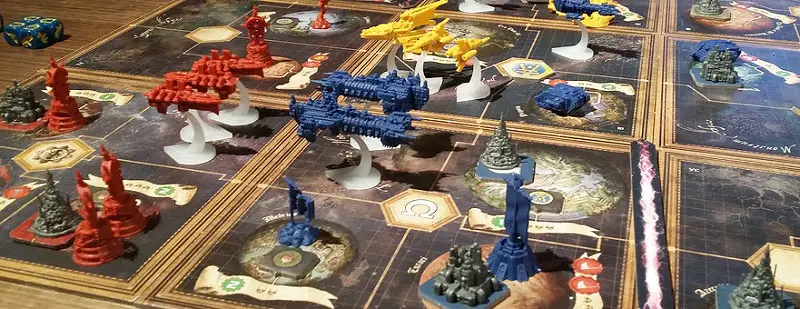
 ) at the end of the combat is the winner and his opponent must retreat his units. …
) at the end of the combat is the winner and his opponent must retreat his units. …
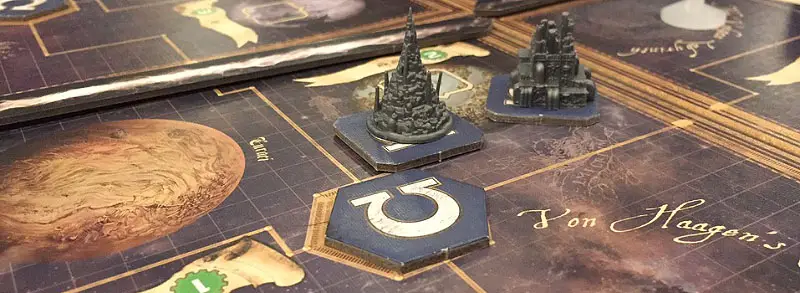
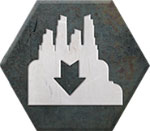

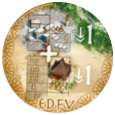
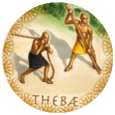
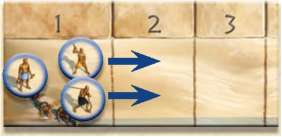

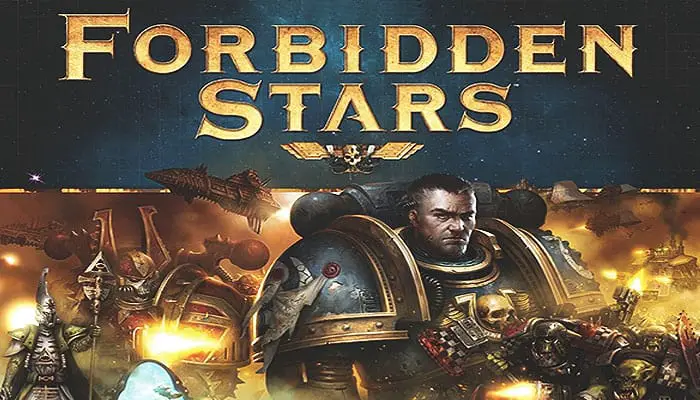




 command dial to increase or decrease its speed by one. This is the main way that a ship changes its speed. Also, it may adjust one joint by one click more than the speed chart normally allows. The minimum speed for all ships is "0", and the maximum speed is indicated on the speed chart. …
command dial to increase or decrease its speed by one. This is the main way that a ship changes its speed. Also, it may adjust one joint by one click more than the speed chart normally allows. The minimum speed for all ships is "0", and the maximum speed is indicated on the speed chart. …


